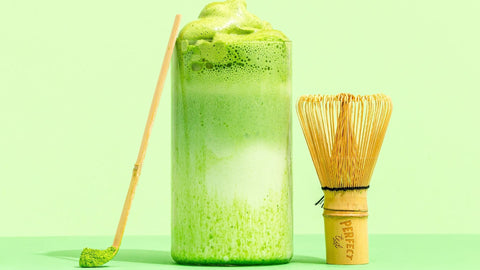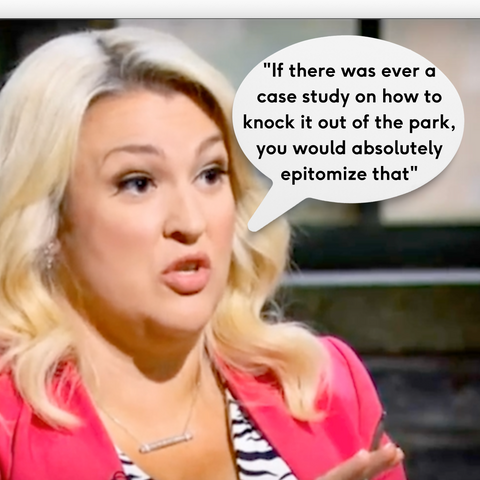
When we ask people if they drink matcha, the response is sometimes: “no, because it is so expensive!” People are generally aware that matcha is a Superfood and has incredible health benefits but none of the information online really explains why matcha can be so expensive.
At a high level - Matcha can be expensive due to the lengthy and unique harvesting process that requires meticulous manual handling and quality assurance. Moreover, because the best matcha comes from a single region in Japan (Uji), there is only a limited supply of the top quality product.
To understand how the supply chain can impact the cost of matcha that you buy, let’s take a closer look at what makes the matcha harvesting process unique.
Matcha's Unique Process
Matcha, harvested from the leaves of the Tencha bush, is grown in a way that amplifies the taste and health content.
Unlike with other teas, tencha bushes are placed in the shade for three weeks before harvest. To do this, Matcha farmers erect structures above the Tencha bushes to minimise the amount of direct sunlight available.
As tencha bushes naturally need direct sunlight to survive, they will grow quicker in an attempt to reach the sunlight.
Harvesting by Hand
Higher quality leaves are more tender and have a less pungent smell. As such, hand-picking these leaves to then grind into matcha is key if you want to achieve the highest possible quality end-product. However, harvesting matcha by hand is of course more expensive than doing so by machine.
When you see cheap matcha offered online, it may not be handpicked and could be a blend from different locations. The overall quality of this matcha will inherently be lower.
Steaming, De-stemming and Grading
Following the picking process, leaves are immediately steamed in a process lasting around 20 seconds to prevent oxidation and from the leaves losing their well-known vibrant green colour and nutritional value.
Once dried, the tea leaves undergo de-stemming. This process acts as an additional quality control step, allowing harvesters to identify which leaves are the best to use and remove those that aren't suitable for the distinct matcha taste. From here, processors sort the leaves based on colour, aroma, texture and more.
Water is then added to grade the quality of the tea and the leaves are air-dried.
Grinding Into Powder
It wouldn't be the matcha we know and love without it being in its powder form - in japanese matcha translates to powdered tea. The highest quality matcha is stone-ground, which again requires a human touch and is more costly.
Grinding through a mill can skew the consistency of the powder and cause and a subsequent loss of nutritional value.
Availability & Demand
Matcha is more in-demand now in the West than ever before, with what was once a luxury becoming an everyday use item. Even large corporations like Starbucks are selling it!
Demand always plays a role in price increases, but we also can't forget the availability of matcha. The best matcha only grows in specific geographic locations, most notably Uji, Japan. There are, however, products on the market from China that are typically lower quality, not radiation-tested, and have undergone processes lacking in quality control.
Cheap Vs Expensive
Your matcha experience will often boil down to the quality of the product you are using. Lower-grade matcha may have an inconsistent taste, contaminated ingredients, or use higher levels of filler ingredients.
As with any food or beverage, knowing what is going into your body is crucial. While slightly more expensive, higher grade matcha provides the optimal matcha flavour and quality, while offering better nutritionals



